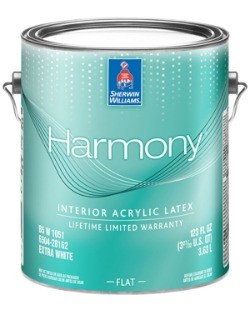Cricut Vs Silhouette 2024 Which One Is Better?
When it comes to choosing a cutting machine, two prominent brands stand out: Cricut and Silhouette. Each has a range of models, each with its unique strengths and weaknesses. The latest offerings from both companies are the Cricut Maker 3 (released in 2021) and the Silhouette Cameo 4 (launched in 2019). While both machines excel, they cater to distinct needs and preferences. By the end of this article, you’ll be empowered to make an informed decision between opting for a Cricut or a Silhouette cutting machine.
Differences between Cricut Maker 3 and Silhouette Cameo 4
When evaluating cutting machines, there are several key features to consider. These include dimensions, cutting force, cutting width/length, cutting depth, available tools and blades, software compatibility, and pricing. While these factors may seem overwhelming at first, understanding what each feature entails can help you make an informed decision when choosing a machine that meets your specific needs.
To provide a more comprehensive comparison between the Cricut Maker 3 and Silhouette Cameo 4, I will break down each of these features in detail later in this article. However, for those looking to quickly compare the two machines, a table below provides an overview of their specifications.
The table highlights key differences such as dimensions (22.1″ x 7.1″ x 6.2″ for the Cricut Maker 3 and 22.4″ x 7.7″ x 6.7″ for the Silhouette Cameo 4), cutting width/length (12″ and 24″, respectively), and available tools (including fine-point blades, rotary blades, and more). Additionally, pricing information is included, with the Cricut Maker 3 retailing at $399.99 and the Silhouette Cameo 4 at $299.99.
Cutting force
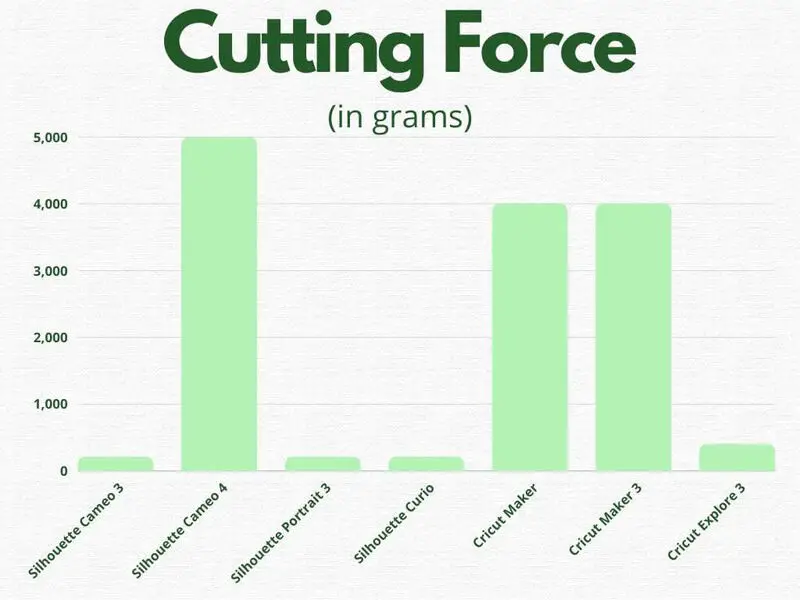
When it comes to cutting force, you’re looking at how much pressure your blade can apply. This is crucial when working with different materials, as what works for cardstock won’t cut it (pun intended) for balsa wood or metal. Any cutting machine will be able to handle soft materials like cardstock and vinyl, but if you plan on tackling harder substances, you’ll need a model with sufficient force.Fortunately, both Cricut and Silhouette provide details on their machines’ cutting forces. The Silhouette Cameo 4 boasts an impressive 5 kg of force, while its predecessor, the Cameo 3, only managed 210 grams. That’s a significant leap forward!In comparison, the Cricut Maker 3 and its older counterpart both have a cutting force of 4 kg. While the Cameo 4 is undoubtedly more powerful in terms of raw strength, it’s worth noting that this excess power doesn’t necessarily translate to faster cutting speeds.For everyday materials like cardstock, vinyl, and leather, you won’t notice a significant difference between machines with varying levels of cutting force. In practical terms, I’d say the Cameo 4 and Maker 3 perform similarly well.However, it’s essential to acknowledge that both these machines are significantly more powerful than older models like the Silhouette Cameo 3, Portrait 3, Curio, and Cricut Explore 3.
Blades & tools
To successfully cut a wide range of materials with your Silhouette Cameo 4 or Cricut Maker 3, you’ll need more than just raw power. You’ll also require the right blades and tools for the job. Unfortunately, using standard blades to cut fabric can lead to problems such as ripping or getting stuck on the blade. This is because regular blades are not designed to handle challenging materials. Therefore, it’s essential to check if your cutting machine is strong enough and whether you need a special blade for the material in question. The Silhouette Cameo 4 comes with a range of available blades and tools, including the AutoBlade, Rotary blade, Kraft blade, and Punch tool. In contrast, the Cricut Maker 3 has an even more extensive selection of blades and tools, featuring the Fine-Point blade, Rotary blade, Scoring wheel, Fabric blade, Knife blade, Perforation blade, Wavy blade, Debossing tip, Engraving tip, Deep point blade, among others. As you can see, the Cricut Maker 3 is more versatile and well-suited for specialty work due to its greater compatibility with blades. However, it’s worth noting that even the Cameo 4 may release additional blades in the future. When purchasing these blades, keep in mind that they don’t come free with your cutting machine and can be quite costly. Most Cricut blades range from $20 to $50 each, while Silhouette blades typically cost between $10 and $20 each. If you plan on acquiring multiple blades, this can add up to a significant extra expense.
Cutting size
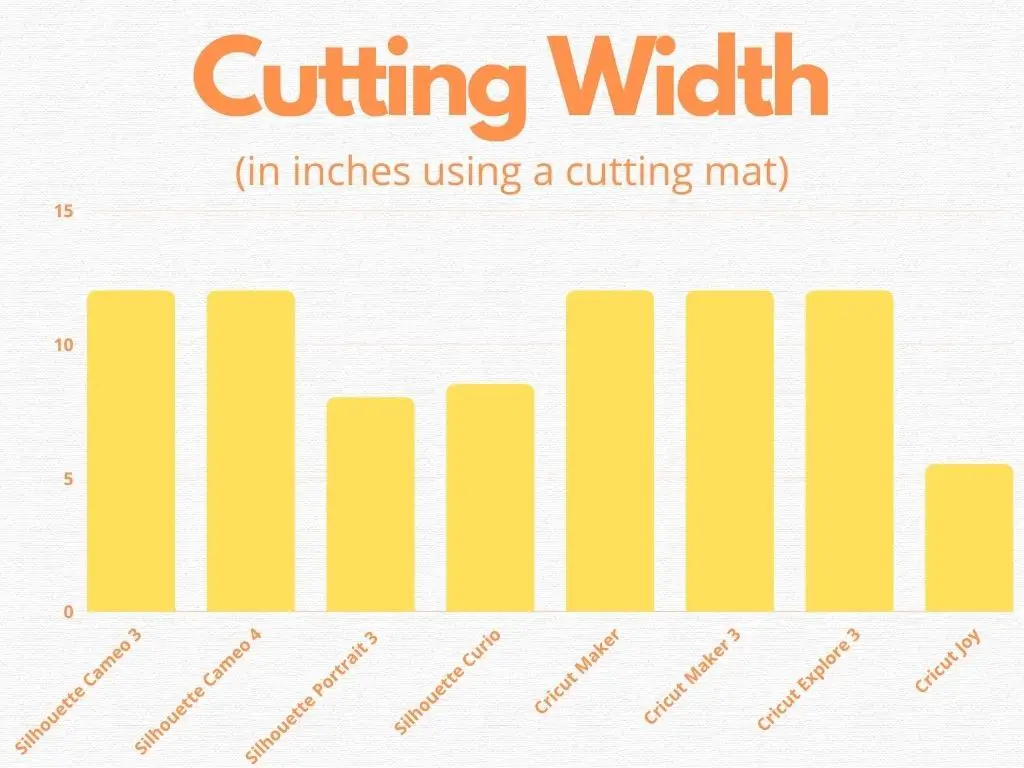
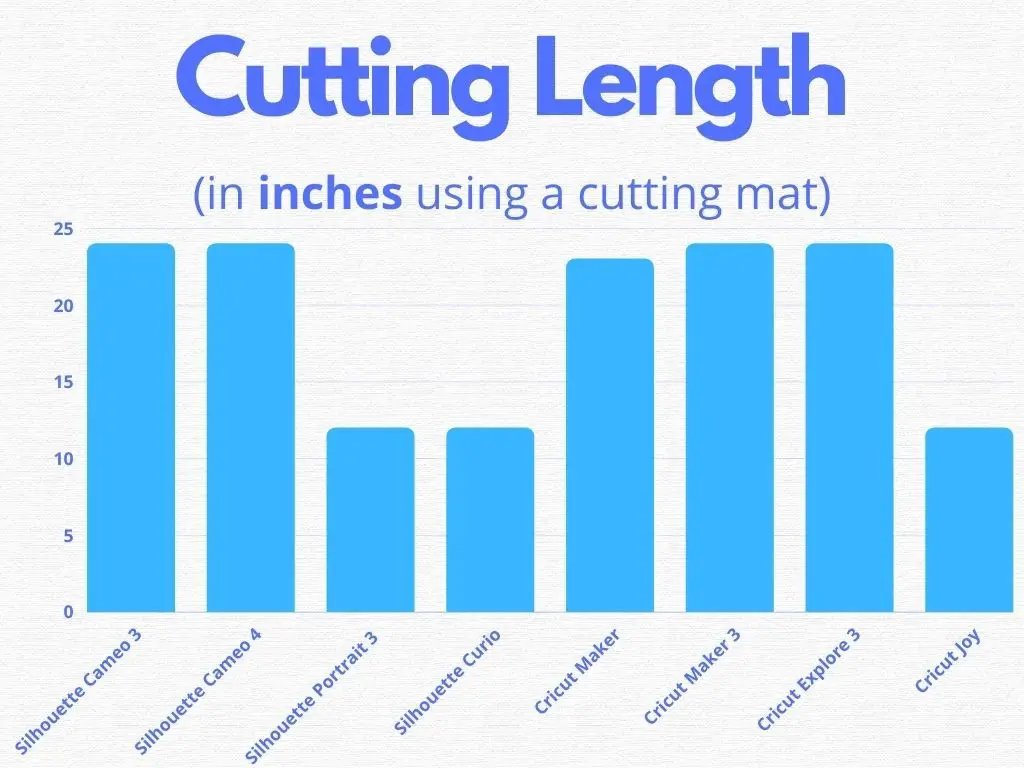
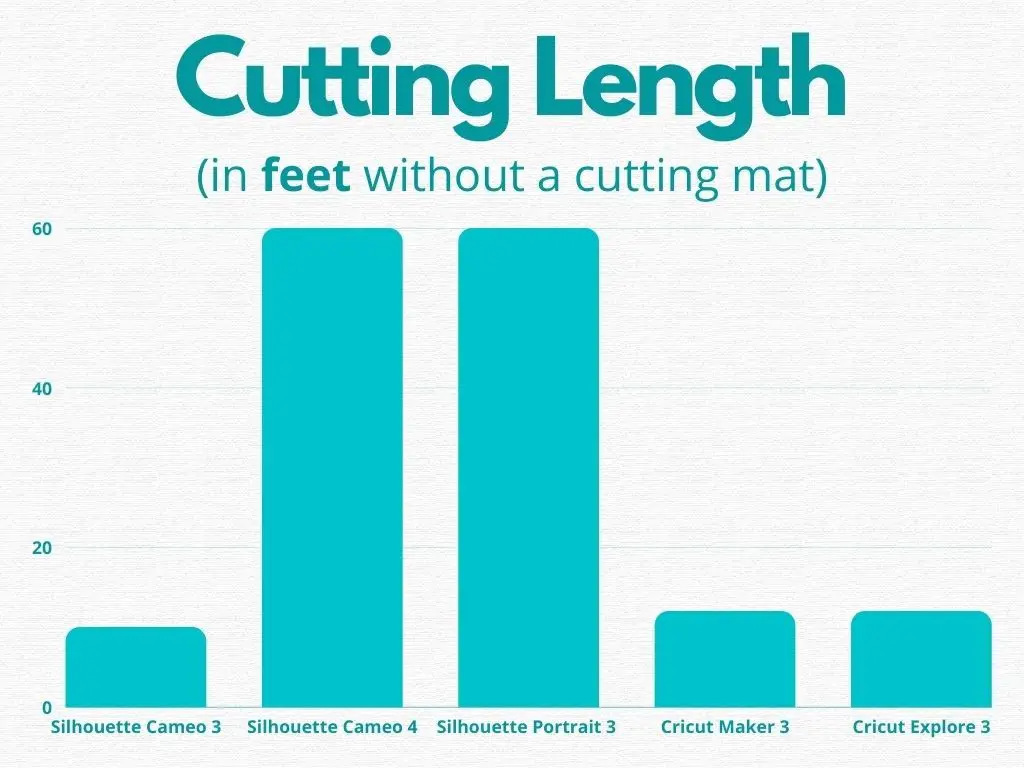
While most projects are compact in size, such as stickers and keychains, sometimes you want to create something larger. Maybe a welcome sign or wall decal for the living room? In these cases, it’s essential to recognize the limitations of your cutting machine. The Silhouette Cameo 4 and Cricut Maker 3 have a maximum cutting width of 12 inches, which is significantly wider than other models like the Joy or Curio. This is because they are designed for larger projects that require more precision and control.The maximum cutting length also varies depending on the size of your cutting mat. Most mats come in either 12×12 or 12×24 inch sizes, allowing you to cut up to 24 inches long with both machines. However, this limitation doesn’t apply when using the matless cutting feature available on the Cameo 4 and Maker 3. In this mode, the Silhouette Cameo 4 can cut up to an impressive 60 feet long, while the Cricut Maker 3 can cut up to 12 feet long.It’s crucial to note that not all materials are suitable for matless cutting. The Maker 3, for instance, can only use this feature with iron-on, vinyl, and paper sticker cardstock, whereas other materials still require a mat and are limited to the standard 24 inch length. While cutting up to 60 feet might sound exciting, it’s essential to consider how often you’ll actually be using this feature. Will it truly enhance your crafting experience, or is it just a novelty?
Cutting depth
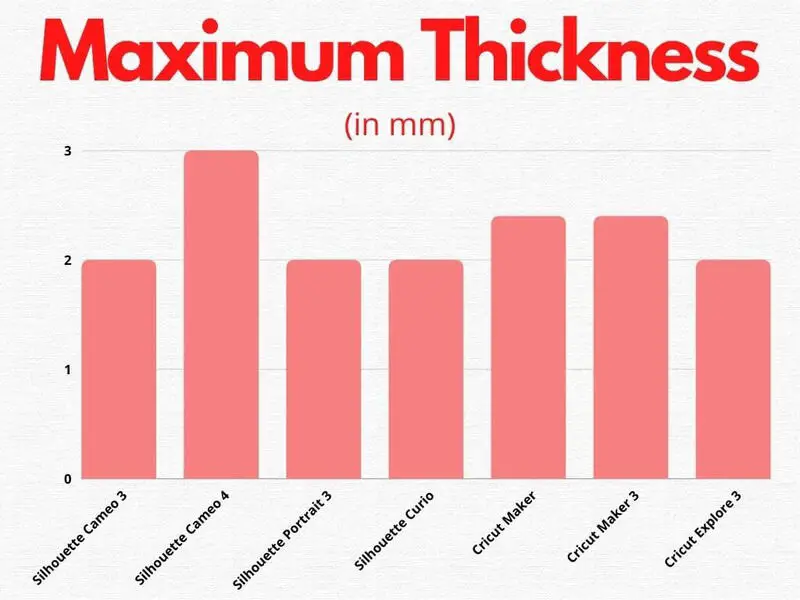
Most cutting machines are capable of cutting materials up to 12 inches wide and 24 inches long, as previously mentioned. However, a crucial dimension is often overlooked: thickness. For those new to owning a cutting machine, it may come as a surprise that most devices can only cut through materials that are just a few millimeters thick. This limitation is due to factors such as the machine’s cutting force, blade size, and clearance. The Silhouette Cameo 4, for instance, can cut through up to 3 mm of material, while the Cricut Maker can handle thicknesses of up to 2.4 mm. It’s worth noting that these machines are designed to work with materials typically found in everyday projects, such as cardstock, which is often less than 0.3 mm thick, or leather, which usually doesn’t exceed 1.5 mm. However, for thicker materials like acrylic or wood, the extra cutting depth provided by the Cameo 4 can be a significant advantage.
Software
While both Silhouette and Cricut machines require software to operate, the key difference lies in their respective interfaces. The Cricut Design Space software is relatively straightforward, making it an excellent choice for those seeking a hassle-free cutting experience. On the other hand, the Silhouette Studio software offers a more extensive range of tools and features for designing from scratch. While neither program can rival dedicated design software like Adobe Photoshop or Illustrator, they do serve as a suitable starting point for creating simple designs. For more complex patterns, it’s often easier to design in a third-party program and then import the file into either Silhouette or Cricut software.One notable aspect of these software programs is that their basic features, such as opening files and cutting, are free to use. However, most design-related features require a subscription. This paywall can be a significant consideration for those looking to unlock the full potential of their machine.Personally, I find the Cricut software more intuitive and easier to navigate, which aligns with my own workflow. Nonetheless, I’m aware that some users have found value in the subscription-based model, particularly if they don’t already possess specialized design software. Ultimately, the choice between Silhouette and Cricut software depends on individual preferences and workflows.
Membership models
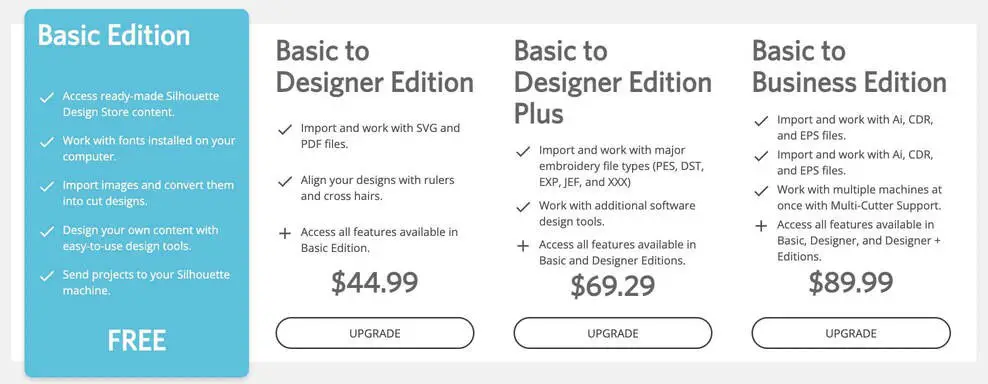


Both the Cricut software and the Silhouette software offer free and paid options, with varying levels of access to design features, images, fonts, and projects. Let’s delve into the specifics of what you get for your money.The Cricut Design Space offers a free plan that includes access to all design features, approximately 1,000 images, 250 projects, and a limited selection of fonts. While this might seem like a lot, users seeking specific designs or patterns may find they don’t have the necessary resources at their fingertips. For around $10 per month, users can gain access to over 200,000 images and 700+ fonts.In contrast, the Silhouette Studio has more advanced design features than Cricut Design Studio, but these are not available in the free plan. A one-time upgrade fee is required to unlock some of these features, which some users may find frustrating. Additionally, most designs, fonts, projects, and patterns in the Silhouette Design Store require a separate purchase or membership.For frequent users, Silhouette offers monthly membership programs that provide a set number of ‘credits’ that can be used to purchase designs and projects from the store. However, this plan does not offer the same level of access as Cricut’s membership. Alternatively, users can buy a ‘credit boost’ directly in the Silhouette Design Store, which provides a one-time allocation of credits at a higher cost per credit than the monthly plan. Finally, users can purchase most designs and projects directly with a credit card, but this option can result in paying double for a project or design compared to using credits.In summary, the Cricut membership grants access to all images, fonts, and projects for the duration of the membership, while Silhouette’s credits-based system allows users to purchase specific designs and projects that they can keep permanently.
Price
The Cricut Maker 3 carries a suggested retail price of $399.99, while its competitor, the Silhouette Cameo 4, is priced at $299.99 – a significant difference. Furthermore, any additional blades or tools required will likely add to the overall cost, with Cricut products often being more expensive in this regard. Despite the two-year age gap between the machines, the Cameo 4 doesn’t appear outdated compared to the Maker 3. For those who find the Cricut Maker 3 out of their budget, a more affordable alternative is the older version, priced around $349.00. Interestingly, both the new and old Maker models share many similarities, making the latter a viable option for those seeking a Cricut machine but cannot justify the cost of the latest model.
Summary
While both the Silhouette Cameo 4 and Cricut Maker 3 are excellent cutting machines, they cater to different needs and preferences. The Silhouette Cameo 4 stands out for its raw power, capable of handling longer projects and thicker materials with ease. Its increased cutting force makes it a suitable choice for more demanding tasks.In contrast, the Cricut Maker 3 excels in versatility due to its range of specialized blades, allowing users to tackle a wider variety of projects. Furthermore, the Cricut software is often praised for its simplicity and user-friendly interface.That being said, there are other models within both brands’ ranges that may suit specific needs. The Silhouette Portrait 3 and Explore 3, for instance, are more than sufficient for smaller, vinyl-based or cardstock projects. While they may not possess the same level of power as their higher-end counterparts, they still provide reliable cutting performance.Ultimately, the choice between these machines depends on one’s specific requirements and preferences.







